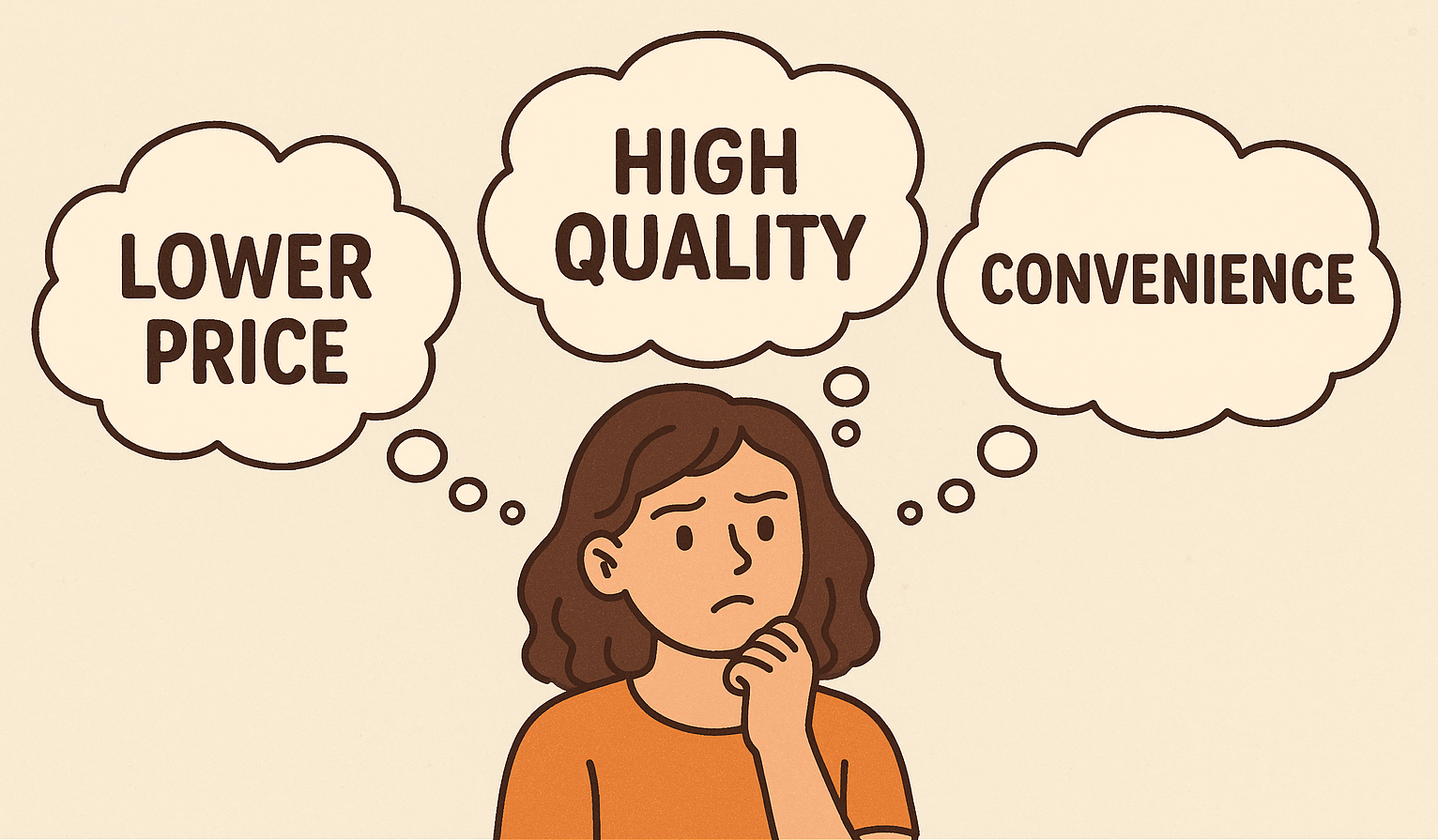Entrepreneurs face a constant balancing act: promoting their business without pushing people away. In an era where consumers are more skeptical than ever, knowing how to communicate brand value effectively is critical. The goal? Build trust, spark interest, and position your brand as the natural choice—without sounding like you’re delivering a pitch.
Let’s walk through practical strategies to master this skill.
Why Brand Value Matters More Than Ever
Your brand value is the perception customers have of your business’s worth beyond the product or service itself. It’s the emotional connection, the promise, and the experience they expect.
Fail to communicate it well, and you risk blending into the noise. Communicate it authentically, and you create loyal customers and brand advocates.
“People don’t buy what you do; they buy why you do it.” — Simon Sinek
The Core Principles of Communicating Brand Value
Before diving into tactics, keep these guiding principles in mind:
- Clarity Over Complexity: Clear beats clever. Always.
- Audience First: Focus on their needs, not your features.
- Authenticity Wins: Speak from genuine belief, not desperation.
Do’s and Don’ts for Communicating Brand Value
Do: Start With Your “Why”
People connect with purpose. Lead with why your brand exists, not just what you sell.
- Share your mission and values.
- Highlight the bigger problem you’re solving.
Example:
Instead of “We sell fitness equipment,” say “We empower busy professionals to reclaim their health.”
Don’t: Overload With Features
Listing every feature of your product can feel overwhelming and self-centered.
- Translate features into real-world benefits.
- Keep the focus on outcomes your audience cares about.
Example:
Feature: “20GB storage”
Value: “Never worry about running out of space for your important files.”
Do: Tell Stories
Stories make brand value tangible.
- Share customer success stories.
- Use relatable scenarios that evoke emotion.
Learn more about crafting strong messaging in our guide to business planning.
Don’t: Use Pushy Language
Phrases like “Act now!” or “Don’t miss out!” can trigger skepticism.
- Focus on invitations, not ultimatums.
- Respect your audience’s decision-making process.
Example:
Instead of “Buy today before it’s too late!”, try “Ready to experience the difference? Let’s get started when you’re ready.”
Do: Back It Up With Proof
Trust is earned.
- Share testimonials, case studies, and measurable results.
- Offer guarantees or risk-free trials if possible.
Explore how results-driven strategies can elevate your brand on our Case Studies & Results page.
Don’t: Assume They Know
Never assume your audience “just gets it.”
- Be explicit about the value you offer.
- Use clear, simple language that leaves no room for confusion.
Five Practical Ways to Showcase Brand Value Authentically
- Value-Based Content Marketing
- Create blog posts, videos, or webinars that educate or inspire, not just sell.
- Customer-Led Messaging
- Use the exact words your customers use to describe their needs and wins.
- Transparent Pricing and Policies
- Build trust by being upfront about costs, returns, and guarantees.
- Social Proof Everywhere
- Showcase reviews and user-generated content in your marketing.
- Empower Word-of-Mouth
- Give customers the tools and incentives to share your brand story naturally.
Key Takeaways for Entrepreneurs
Learning how to communicate brand value effectively is about building relationships, not transactions. By focusing on authenticity, clarity, and relevance, you set your brand apart as a trusted partner in your customers’ journeys.
Ready to bring clarity and structure to your business? Schedule a free discovery call →



